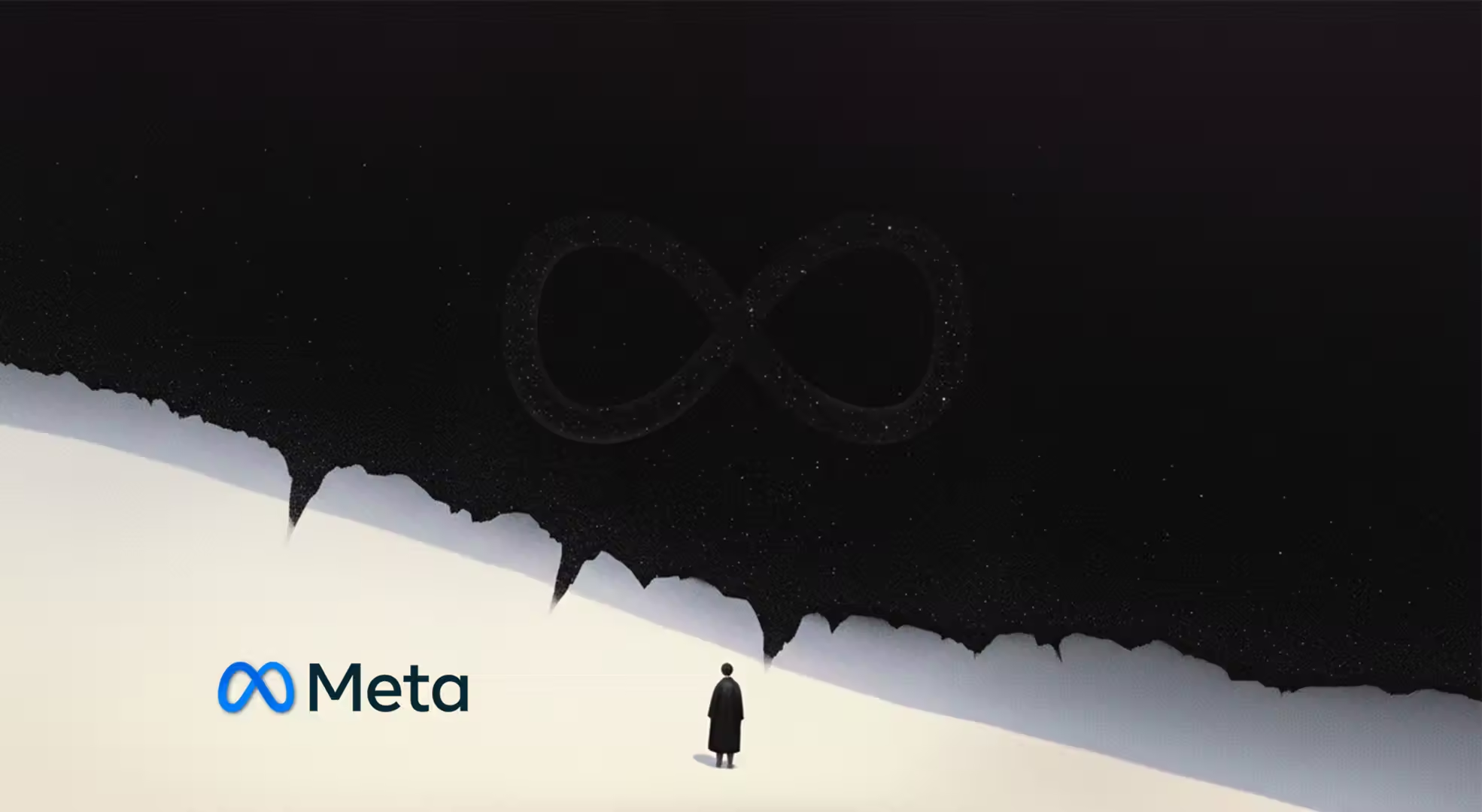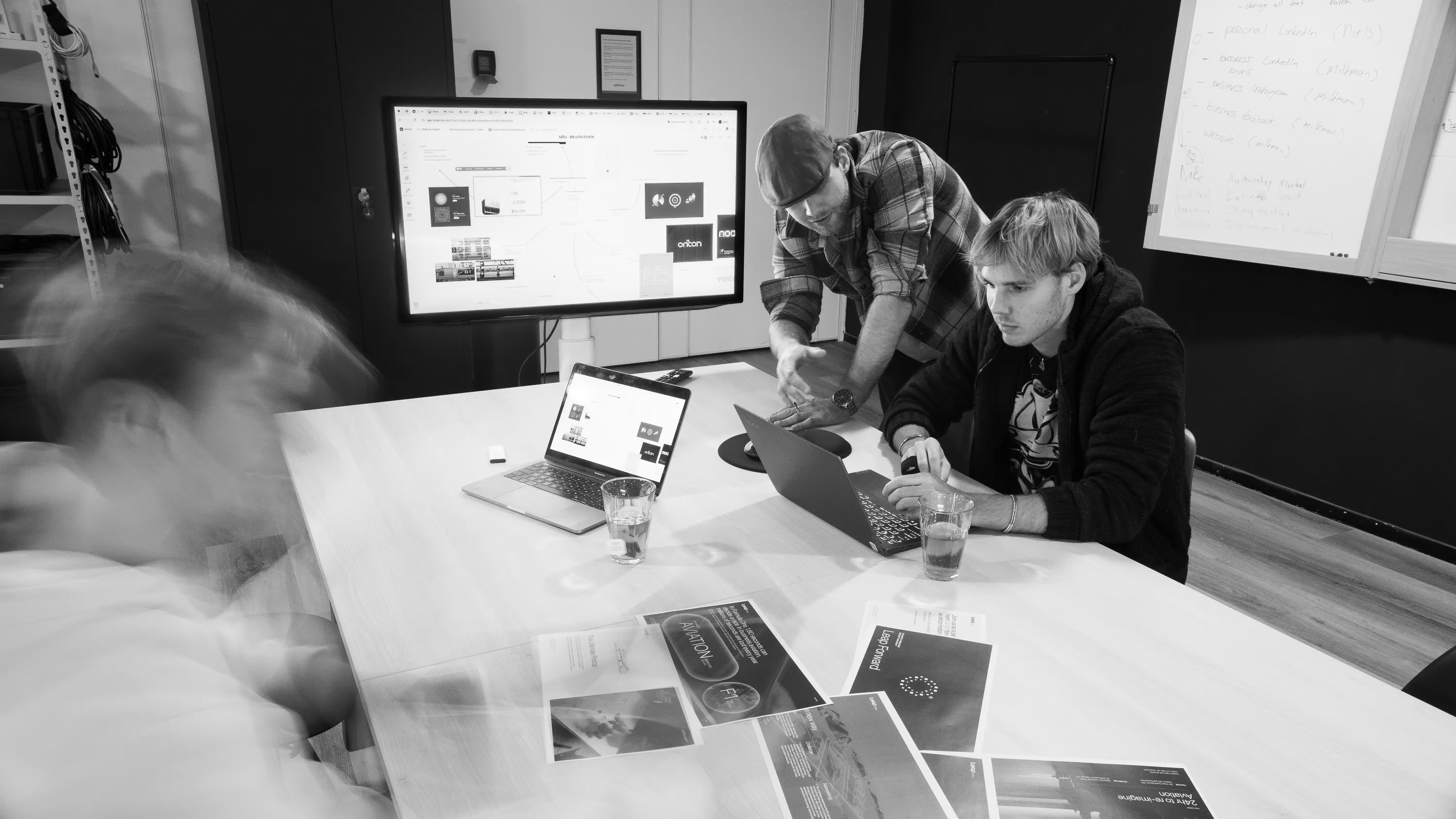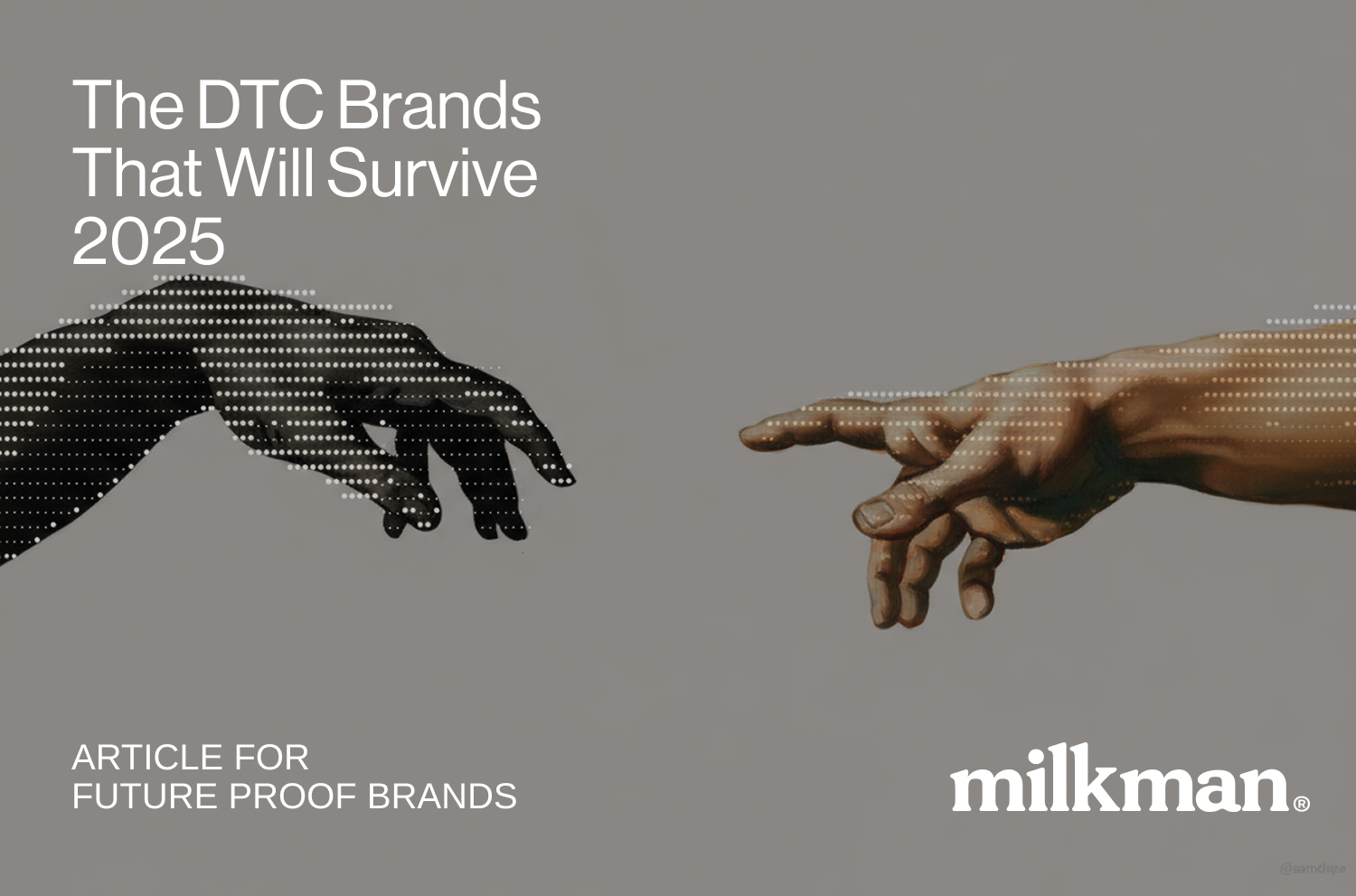If you've been running Facebook or Instagram ads lately, you've probably felt it: something's off.
But you are not alone. As a creative marketing agency we felt it too.
Meta quietly rolled out a major Andromeda update that completely changes how ads are delivered, tested, and scaled. But here's the thing: once you understand what changed, this new era actually gives smaller brands a real chance against big players.
I’m going to break it down simply and show you how to work with the algorithm, not against it.
The Big Shift: From Small Tweaks to Big Ideas
Meta now uses something called hierarchical indexing. Think of it like this: the system looks at your audience in layers instead of treating everyone as one big group.
Imagine your audience as a room full of people who all "like racing bikes." Inside that room, you have completely different types of people:
Someone who's been eyeing race bikes for months but there was always something more important.
A casual cyclist who just got curious about going faster.
Someone buying a gift for their partner who's obsessed with cycling.
The hardcore enthusiast who already owns two bikes and is always looking to upgrade.
They're all "interested in race bikes," but they're in totally different groups. They need different messages.
Meta's algorithm can now automatically figure out which group will respond best to each ad, but only if you give it a range of different concepts to work with.
How to think about it along the customer journey
Most brands build ads like they're talking to the same person at the same phase. But real customers move through a journey: curiosity, interest, trust, and finally purchase.
Let's say you're selling race bikes.
Awareness Phase: Someone scrolls by and sees an ad asking, "Ever wonder what it feels like to be in a Tour de France?" It catches their attention. No hard sell yet.
Consideration Phase: They click and watch a quick video: "3 reasons why a lighter frame changes everything." Now they're engaged. You're building belief.
Preference Phase: They see a testimonial: "I replaced my city bike. This race bike is better in every aspect." Proof. Emotion. They're almost there.
Purchase Phase: They're served a direct offer: "The bike serious riders are switching too. Limited stock." That's the conversion moment.
Each of these is a completely different concept, not just a new headline slapped on the same image. And that's exactly what Meta wants now. Different customer journey concepts for each target group. The more variety you give it, the better it learns who's at which stage and shows them the right message at the right time.
Why this matters
The old method of testing one tiny change at a time can't keep up with Andromeda anymore. Meta doesn't reward "slight variations." It rewards distinct messages that fit different mindsets and needs.
So instead of making 5 similar ads, make 5 completely different ones that each speak to a phase in your buyer's journey.
That's how you move people naturally from curious to ready to buy.
In short: Big ideas beat small tweaks. Focus on variety, not volume. Build ads that mirror the customer journey, from curiosity to purchase.
The New Setup: Simpler Structure, Smarter Learning
Once you have multiple creative ideas that fit different parts of the journey, the next step is setting up your campaigns so Meta can actually learn from them.
Here's where most marketers mess up: they run too many campaigns with tiny budgets spread everywhere. The result? Meta never gets enough data to know what's working.
The new system flips that approach completely.
How it works now
Meta's algorithm has gotten much better at handling broad audiences and automatic targeting, especially through Advantage+ campaigns. These campaigns work best when you feed them a variety of ads and let the system decide who sees what.
Instead of 10 messy campaigns with overlapping audiences, build just a few strong ones:
Advantage+ (your main "scale" campaign) Broad targeting, no complicated rules. Add only your proven ads here, the ones that already got good engagement. Think of this as your always-on sales engine.
Creative Testing campaign Where you test new ideas every week. Drop in 10 to 15 completely different ads that speak to different phases of the customer journey. Watch what people respond to: curiosity hooks, demos, proof, offers. Move the top performers into Advantage+ once they've proven themselves.
Lean Retargeting (optional) Focus only on people who visited or engaged recently. Keep it small. Meta's broader system already handles much of this automatically.
Building campaigns around the customer journey
Let's connect this setup to the same buying cycle:
At the Awareness Phase, you're testing fun, scroll-stopping creative in your Creative Testing campaign.
At the Consideration Phase, you're running short demos or "how it works" videos, also in Creative Testing.
At the Preference Phase, you're showing testimonials, reviews, before and after stories in your Advantage+ campaign.
At the Purchase Phase, you're running direct offers or urgency ads in Advantage+.
This way, your ad system mirrors how people actually buy. You're not trying to force a sale on the first click. You're guiding your audience through their journey while Meta's algorithm does the heavy lifting behind the scenes.
Why this approach works
Meta's Andromeda update made the algorithm smarter than ever. When you simplify your structure and load it with meaningful creative variety, it can learn faster, show the right message to the right type of person, and spend your budget on what's actually driving new customers.
Instead of micromanaging targeting and budgets, your focus shifts to what matters most: creative and customer experience.
The Bottom Line
Facebook ads aren't dead. They've evolved.
The brands that will win now are those that think like storytellers, not spreadsheet analysts.
When you create ads that meet people where they are in their journey (curious, interested, convinced, ready), Meta's algorithm does the rest.
At least with the ad content. The eye-catching visual is a whole different story…







